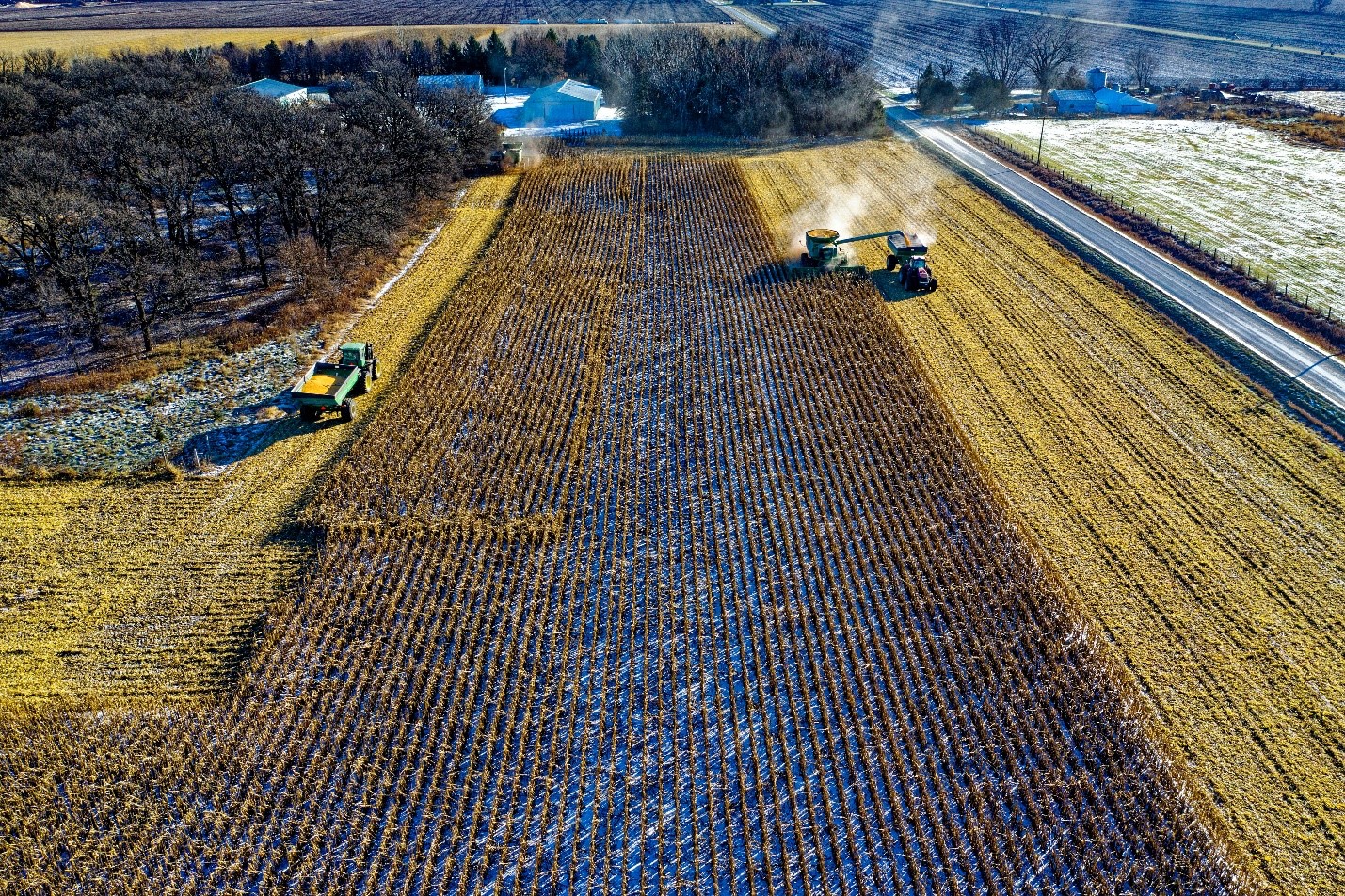Better representing turbulence improves soil particle simulation
Submitter
Burrows, Susannah M. — Pacific Northwest National Laboratory
Area of research
Aerosol Processes
Journal Reference
Science
Agricultural activities, such as harvesting and tilling, can lift large amounts of soil particles into the air. Daytime surface heating leads to turbulent mixing in the lower levels of the atmosphere, which can affect the how long these particles remain in the air, known as lifetime, and how far they move. Researchers adapted a Lagrangian dispersion model, a common tool that can be used to study the atmospheric movement of particles and trace gases, to study what specific factors affect lifetimes. Researchers found that particle size was the strongest factor controlling particle lifetime and that improving the turbulent mixing representation resulted in shorter particle lifetimes.
Impact
Lagrangian dispersion models typically use parameterizations, or simplified mathematical representations for processes, such as turbulence. This work allowed a model to run at very high resolution by replacing the turbulence parameterization. This approach simulates turbulence more naturalistically and better models the transport of particles within the boundary layer. This study provides a framework for future researchers to use Lagrangian transport models at high resolutions for future studies on particle dispersion and will improve our understanding of how aerosol particles affect climate and human health.
Summary
In the central United States, agricultural activities loft substantial quantities of soil particles into the atmosphere. Daytime heating of the surface by solar radiation leads to turbulent mixing in the lower levels of the atmosphere, which can affect the lifetime and transport of these soil particles. Lagrangian dispersion models have been used to study the atmospheric transport of particulate species, including agricultural soils. Such models typically use parameterizations to represent processes like turbulence or convection because they run at scales too coarse to resolve these processes.
In this work, researchers adapted a common Lagrangian dispersion model, FLEXPART, to run using large-eddy simulations (models that explicitly resolve most turbulence). This approach let them study the factors affecting the lifetimes and atmospheric fates of agricultural soils. The researchers found that particle size was the most important factor for determining lifetime, while the initial emission height had little impact upon lifetime. In addition to quantifying the lifetimes of agricultural soils, this study provides a framework for future researchers to use modified Lagrangian transport models in tandem with large-eddy simulations, which should lead to an improved understanding of particle lifetimes and dispersion.


